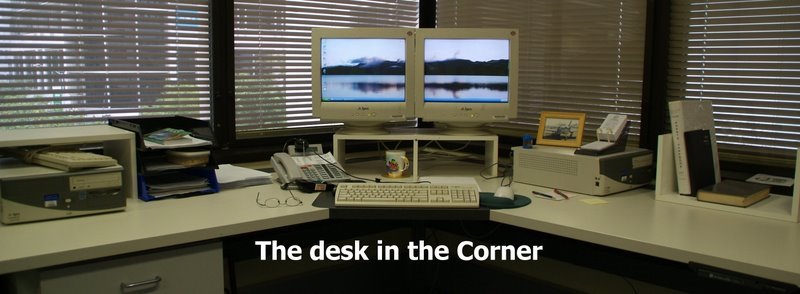We recently did a native bee course with Dr Tim Heard at Redlands Indigiscapes. Tim's a recently retired entomologist who worked with the CSIRO and really knows his bees.
There were equal parts theory and practical. We learnt about the different species of native bee and how they differ from honey bees, how they breed, make their hives and honey. Did you know that honey is actually bee vomit?
In Australia there are three main species of native stingless bees that are social, as in they build hives and work together. Two of these are kept for their honey, Tetragonula carbonaria and Tetragonula hockingsi. They look similar, but the latter are slightly bigger, they don't build their hive in a nice pattern like the Carbonaria and they're more likely to bite you if you upset them, as we found out later.
After the initial bit of theory, we went outside to where a hollow log full of bees had been left. The hive had been rescued by one of the workshop participants and Tim showed us how to split it and transfer half into a purpose built box.
Above is a Carbonaria hive that was completely filling the inside of the log. The spiral bit on the left is the brood chamber. It's laying on its side at the moment, as you'll see later, but the bees build it in a spiral pattern, gradually working upwards. The larvae develop inside, then emerge and the chamber is pulled apart. The wax is then re-used to make another chamber for another baby bee. Once they run out of room at the top, they start again at the bottom. It's a bit like a bee conveyor belt.
The stuff to the right is a mixture of building materials made from resin and wax, as well as honey and pollen. Those yellow bits you can see are the pollen.
This is the same log, with the top part of the brood chamber removed and placed in a new box, along with some of the building materials and food that the bees will need. There's enough left in this hive for them to rebuild.
After being shown how to transfer from the log, we were shown how to split a hive.
This is another Carbonaria hive, or the bottom half of it at least. The pollen is more obvious in this one. You can tell it's a Carbonaria hive by the shape of the brood and also by the black entrance at the bottom of the picture.
The idea is, the top part of the hive is removed and placed on top of an empty bottom, and an empty top is place on this bottom. The bees will then rebuild and eventually fill both hives and a year later you can split them again. If you're lucky, there'll also be about a kilo of honey a year later too and native bee honey sells for about $70 per kilo.
After some lunch and a bit more theory, we went outside to split a Hockingsi hive. These bees don't build their brood chamber in a spiral, so it's a bit harder to split. In fact some bee keepers use a hive that has the two halves side by side, like our friends
John and Kara. The idea is that the brood is split vertically instead of horizontally. You can see in this picture that the entrance to the hive is a lot cleaner than the Carbonaria hive.
After splitting this hive, the top part was removed, the hive is actually three pieces, as shown here
There's a partition between the top level and the second one that the bees won't build the brood past. In honey bee hives, I believe there's a mesh between these two levels that the workers can get through, but the queen can't. This is where most of the honey ends up.
To get at the honey, this evil looking device is used to mash up the contents.
The honey is then poured through a strainer to remove all the bits of wax, resin and pollen.
I mentioned that the Hockingsi bees are more likely to bite than the Carbonaria. Fortunately, none of them sting and the bite isn't as bad as, say, an ant bite. Some of those little buggers bite you then fling formic acid into the wound. Ouch!
That said, it can't be very pleasant when one climbs up your nostril and bites you inside the nose as one did to Tim. Here's a small selection of the Hockingsi bees defending their hive from him.
By the time the hives were put back together, our group resembled a troop of monkeys, everyone picking bees off of each other.
I you're interested in doing a workshop with Tim, check out his website
here. I'd also recommend having a look at his YouTube channel
here.













